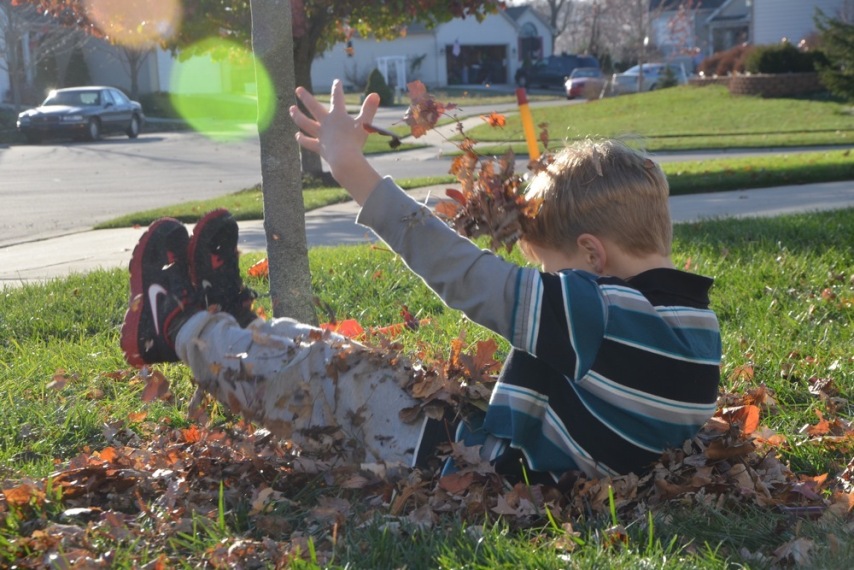Concrete operations
Two years ago, when we were first exploring long term education options and were looking to absorb as much information as possible, I read two books by David Elkind—The Power of Play and Miseducation, Preschoolers at Risk. Of all the books I've read on child development I believe these are two of my favorites; They ended up being the final push we needed to embrace our growing opposition to today's style of preschool (the kind that replaces imaginative play with the formal learning and computer time), and ultimately the first of many steps down a road that led us to choose homeschooling.
Though parts of both books deal specifically with discipline and the kinds of "stages" that all mothers abhor, they come back to my mind often for their information on Piaget's developmental theory. I believe it was while reading Miseducation that my knowledge of Piaget went from college text book memorization of his theory on stages to a real life grasp of its application. Piaget held that children must achieve certain cognitive abilities before they can learn certain skills, and watching Calvin grow and change these stages have been pretty marked, and having the means to recognize them has been pretty rewarding.
Why am I spouting all this information so suddenly? Because yesterday I experienced one of those "Aha!" moments, a real light bulb going off in my brain while watching Calvin put together a floor puzzle. Several months ago, the last time we had the puzzles out actually, I sat on the floor in much the same position, watching him do the same three puzzles, and experiencing a certain amount of frustration and anxiety. Calvin himself was having a fine time, but watching him repeatedly try to fit together pieces that could not possibly have connected (i.e. hole to hole, peg to peg, or straight edge in the middle) was a bit like nails on a chalkboard for me. Calvin's only real concern with the puzzle pieces was to put the pictures together without any consideration given to shape or orientation. Several times I tried to gently lead him to recognizing the importance of the shapes, but to no real avail.
Yesterday, however, was like a new dawn. After months without even opening the puzzles he flew through the two easiest ones in minutes and attacked the harder puzzle with an actual plan by pulling out the edge pieces and connecting them first, beginning in the sky and moving towards the ground. He was sorting pieces based on both color and shape. I was astounded. I was pleased. I was also greatly relieved and found myself enjoying the activity for once. Later I thought about all the various leaps he's made in the past couple of months—his newfound understanding of familial relations (Gram is your mother, isn't she?), his sudden interest in and aptitude for learning to read and write, and now his ability to sort puzzle shapes in multiple ways—and that's when the little light bulb went off in my brain. Those leaps and bounds were predictably related and were the signs of his starting to move into the concrete operational stage, when children become able to properly classify and order objects based on one or many factors. It is upon reaching this stage that children are able to recognize simultaneously two different aspects of a single object's existence (the puzzle piece can be the head of a brown dinosaur, and can also be a top edge piece in a puzzle) and successful movement into this stage is necessary before true reading (not memorized recognition of words by sight) can be taught since a child must be able to recognize that a letter can make multiple sounds, and can be not only a letter, but also a sound, or also part of a word.
I made note of my little light bulb moment, like putting the final piece in my own puzzle, in the journal I have begun keeping on our homeschooling journey. Just writing down the discovery made me realize what an exciting moment it really was for me. I think I rank it right up there with first steps, or first foods, only really this one is even more exciting because it is so much more interactive and so much more complex.
 child development
child development 










Reader Comments